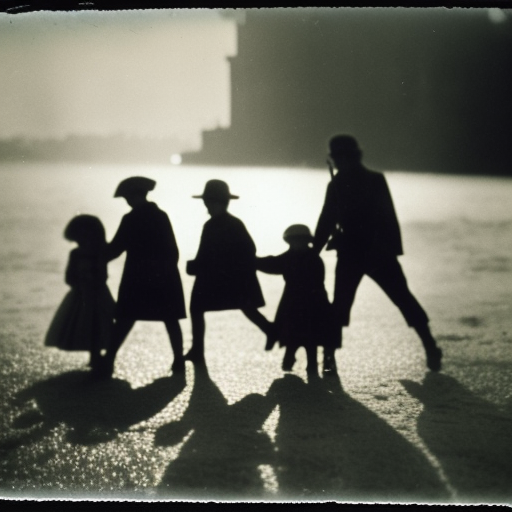The Ottonian Dynasty: Summary
The Ottonian Dynasty was a medieval German dynasty that ruled from 919 to 1024. It was founded by King Henry I, also known as Henry the Fowler, and reached its peak under the rule of Emperor Otto I, also known as Otto the Great. The dynasty played a crucial role in the formation of the Holy Roman Empire and the consolidation of German power in Europe.
Henry the Fowler and the Foundation of the Dynasty
Henry the Fowler became the first king of the East Frankish Kingdom in 919. He successfully defended his realm against external threats, such as the Magyars, and laid the foundation for the Ottonian Dynasty. Henry’s son, Otto I, succeeded him in 936 and expanded the kingdom’s territory through military conquests.
Otto the Great and the Holy Roman Empire
Under Otto I, the Ottonian Dynasty reached its zenith. In 962, Otto was crowned Emperor of the Romans by Pope John XII, establishing the Holy Roman Empire. This marked a significant shift in power, as the empire now encompassed not only Germany but also parts of Italy and other territories. Otto’s reign was characterized by his efforts to centralize power and strengthen the authority of the monarchy.
Consolidation of Power
To consolidate his power, Otto I implemented a series of reforms. He appointed loyal nobles as dukes and margraves to govern the regions, ensuring their allegiance to the crown. Otto also relied on the Church to support his rule, appointing bishops and abbots who were loyal to him. This close alliance between the monarchy and the Church became a defining characteristic of the Ottonian Dynasty.
Expansion and Influence
The Ottonian Dynasty expanded its influence through military campaigns and strategic alliances. Otto I successfully defeated the Magyars at the Battle of Lechfeld in 955, halting their invasions into Germany. He also intervened in Italy, asserting his authority over the Papal States and securing the papacy’s support. Otto’s son, Otto II, continued his father’s policies and expanded the empire’s territory further into Italy.
Art and Culture
The Ottonian Dynasty also made significant contributions to art and culture. The period saw a revival of the arts, with a focus on manuscript illumination, metalwork, and architecture. The Ottonian rulers patronized monastic scriptoria, where illuminated manuscripts were produced. The most famous example is the Gospels of Otto III, a lavishly illustrated manuscript that showcased the dynasty’s wealth and power.
Decline and Succession
The Ottonian Dynasty began to decline in the late 10th century. Internal conflicts and succession disputes weakened the dynasty’s hold on power. The death of Otto III in 1002 marked the end of the direct Ottonian line, leading to a period of instability and fragmentation within the Holy Roman Empire.
Legacy
Despite its eventual decline, the Ottonian Dynasty left a lasting legacy. It laid the foundation for the Holy Roman Empire and established a strong central monarchy in Germany. The dynasty’s close alliance with the Church set a precedent for future rulers, shaping the relationship between the state and the Church in medieval Europe. The Ottonian period also witnessed a flourishing of art and culture, leaving behind a rich artistic heritage that continues to be admired today.












